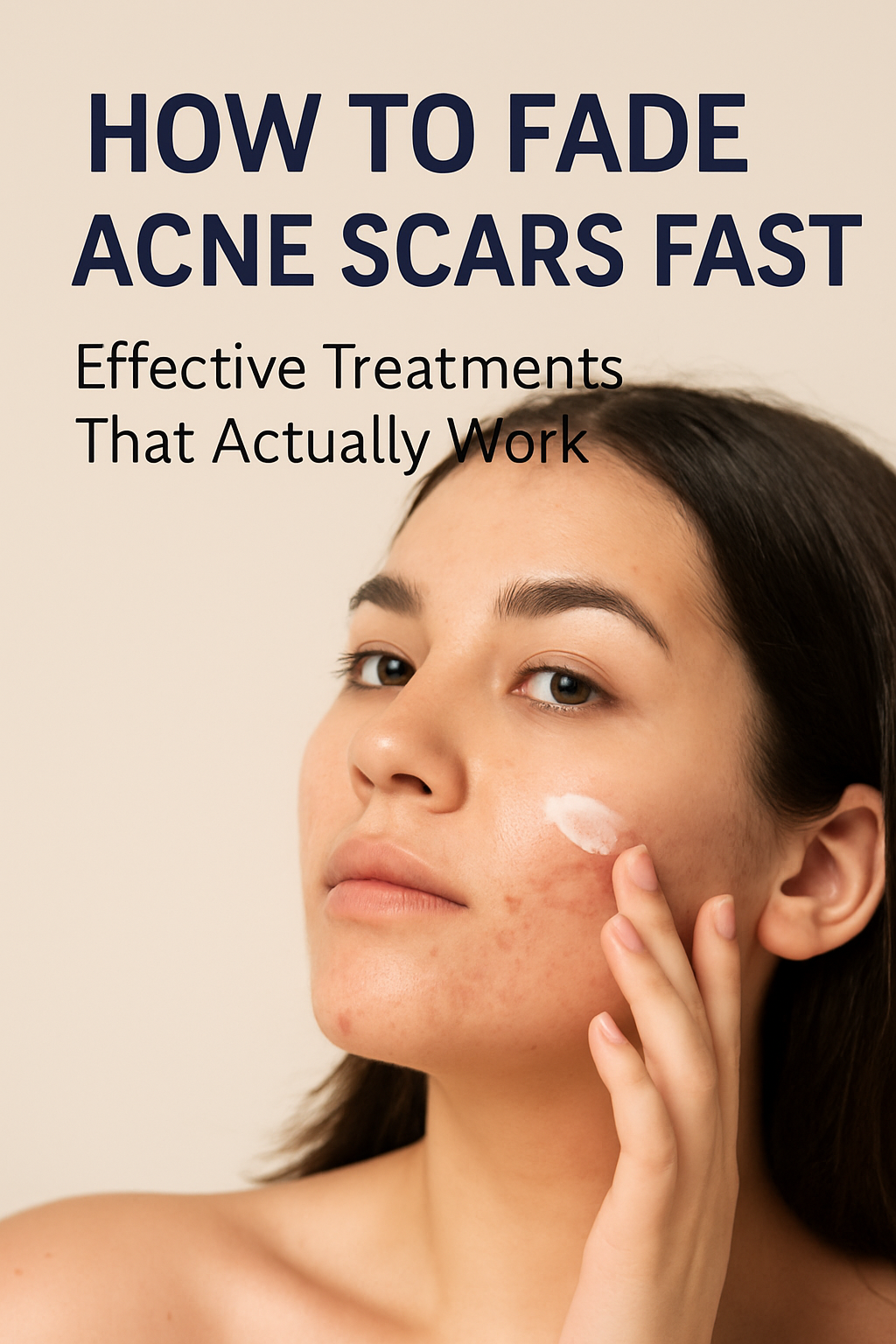Is Double Cleansing Really Necessary? Benefits and Best Practices
The skincare world is full of trends, but few have stood the test of time like double cleansing. Originating in Korean beauty routines, this two-step method has gained global popularity—and for good reason.
But do you really need to double cleanse every day? Or is it just an overhyped step in an already overwhelming routine?
In this guide, we’ll break down the benefits of double cleansing, who actually needs it, and how to do it correctly without over-stripping your skin.
What Is Double Cleansing?
Double cleansing involves using two types of cleansers—usually an oil-based cleanser followed by a water-based one.
Step 1: Oil-Based Cleanser
This breaks down:
- Makeup
- Sunscreen
- Excess sebum
- Pollutants and dirt
Step 2: Water-Based Cleanser
This removes:
- Sweat
- Remaining impurities
- Water-based debris
The goal is a deeper cleanse without being harsh on the skin.
Why Double Cleansing Works
Oil dissolves oil—that’s the science behind this method. An oil-based cleanser binds with the oily residues on your face and lifts them away without disrupting the skin barrier.
Then the water-based cleanser cleans the skin’s surface, leaving it refreshed and prepped for the rest of your routine.
Who Should Consider Double Cleansing?
Ideal Candidates:
- People who wear makeup or SPF daily
- Oily or acne-prone skin types
- City dwellers exposed to pollution
- Those with clogged pores or blackheads
When You Might Skip It:
- You have extremely sensitive or dry skin
- You don’t wear makeup or SPF regularly (though sunscreen is a must!)
- You already use a gentle but effective cleanser
Benefits of Double Cleansing
- More Effective Makeup RemovalRemoves even long-wear foundation and waterproof mascara.
- Prevents BreakoutsCleansing thoroughly prevents buildup that clogs pores.
- Prepares Skin for Active IngredientsClean skin = better absorption of serums and treatments.
- Gentle Yet ThoroughCleansing in two steps reduces the need for aggressive scrubbing.
How to Double Cleanse Correctly
- Start with dry hands and a dry face.
- Apply oil cleanser or balm, massage for 30–60 seconds.
- Rinse with lukewarm water.
- Follow with a gentle foaming or gel cleanser.
- Pat dry and follow up with toner, serum, moisturizer.
Frequency:
- Evening only, especially if you wear makeup or SPF.
- No need to double cleanse in the morning unless your skin is extremely oily.
Best Products for Double Cleansing
Step 1: Oil-Based Cleansers
- The Ordinary Squalane Cleanser – Lightweight and non-comedogenic
- Banila Co Clean It Zero – K-beauty favorite balm cleanser
- DHC Deep Cleansing Oil – Olive oil-based, ideal for waterproof makeup
Step 2: Water-Based Cleansers
- CeraVe Foaming Facial Cleanser – Great for oily to normal skin
- La Roche-Posay Toleriane Hydrating Cleanser – Ideal for sensitive skin
- KraveBeauty Matcha Hemp Hydrating Cleanser – Gentle and antioxidant-rich
Myths About Double Cleansing
Myth 1: Oil causes breakouts
Not true. The right non-comedogenic oil cleansers prevent acne by unclogging pores.
Myth 2: It’s too harsh for sensitive skin
With gentle cleansers, it’s often better tolerated than harsh scrubs.
Myth 3: It’s unnecessary if you don’t wear makeup
Even sunscreen and pollution particles benefit from oil-based removal.
Double Cleansing for Different Skin Types
Oily/Acne-Prone Skin:
Use lightweight oil cleansers and foaming gels with salicylic acid or tea tree.
Dry/Sensitive Skin:
Stick with balm cleansers and hydrating, non-foaming cleansers like cream or milk types.
Combination Skin:
Customize by rotating richer or lighter cleansers based on how your skin feels.
Do You Need It Every Day?
No—and that’s the beauty of this method. Double cleansing should serve your routine, not complicate it.
Use it:
- Nightly, if you wear sunscreen or makeup
- 2–3x per week, if your skin feels dry or minimal products are used
The key is balance.
Final Verdict: Is It Worth It?
Yes, for most people.
Double cleansing isn’t just a trend—it’s a smart, effective way to keep skin clean without damage. It helps with acne prevention, texture improvement, and better absorption of skincare.
But remember: quality products, gentle application, and listening to your skin are what matter most.
Internal Links:
- How to Layer Skincare Products Correctly
- Skincare Routine for Sensitive Skin
- Best Facial Oils for Glowing Skin
- Makeup and Skincare: How to Combine Them Without Causing Breakouts
